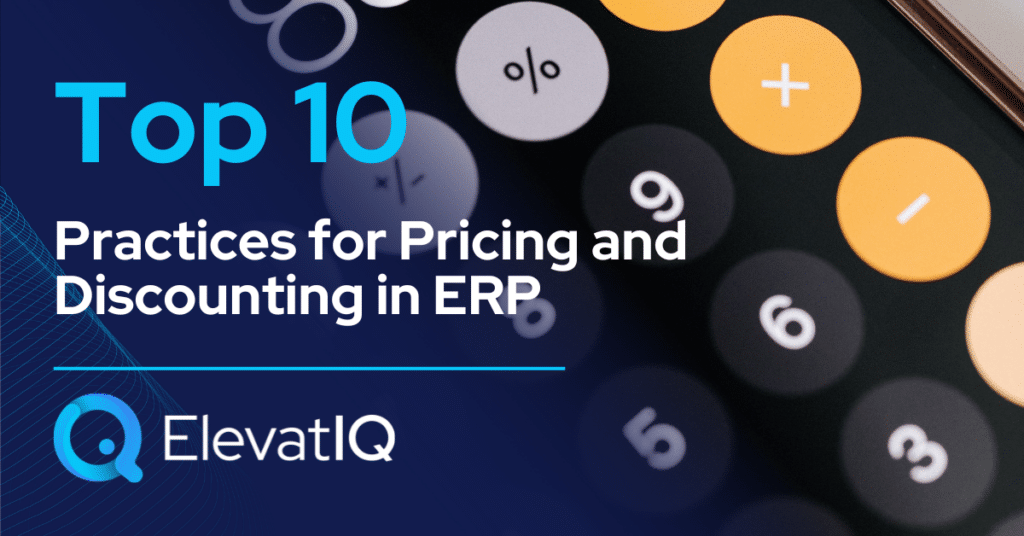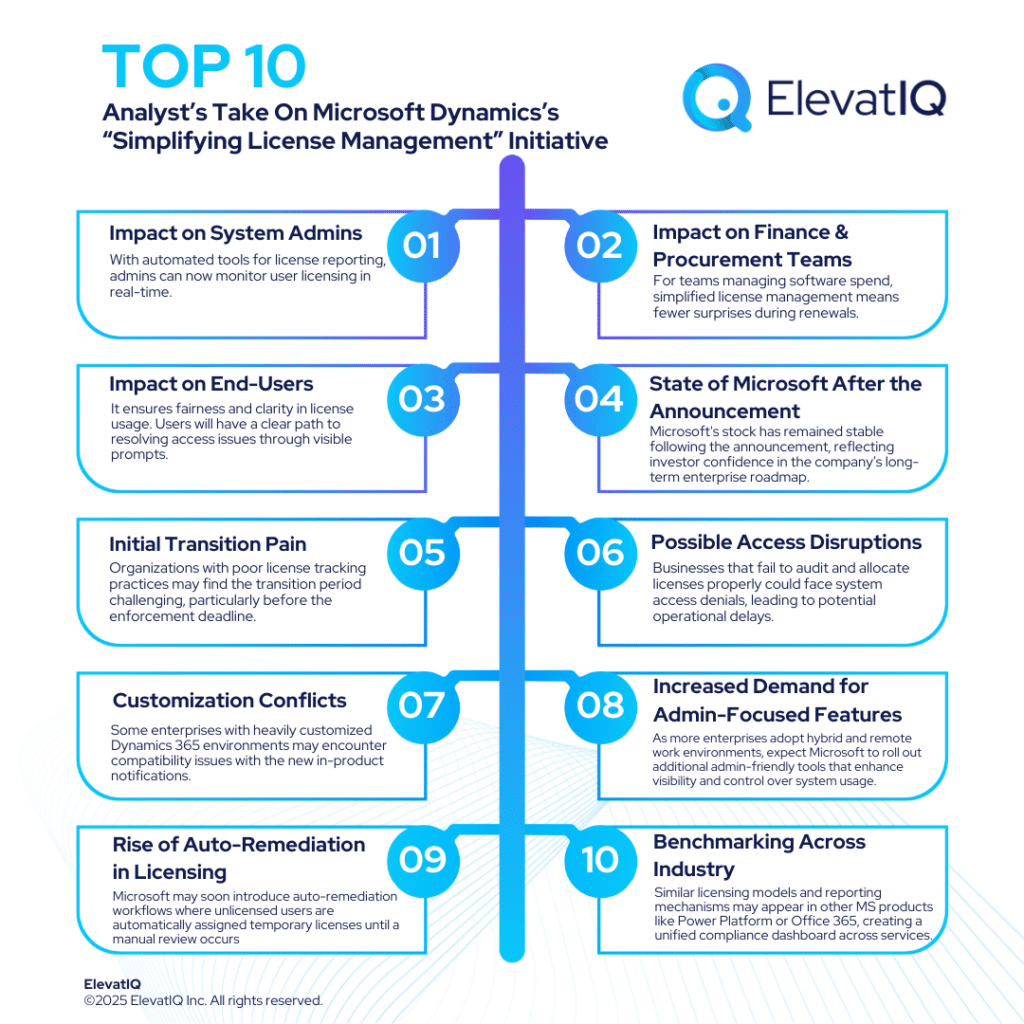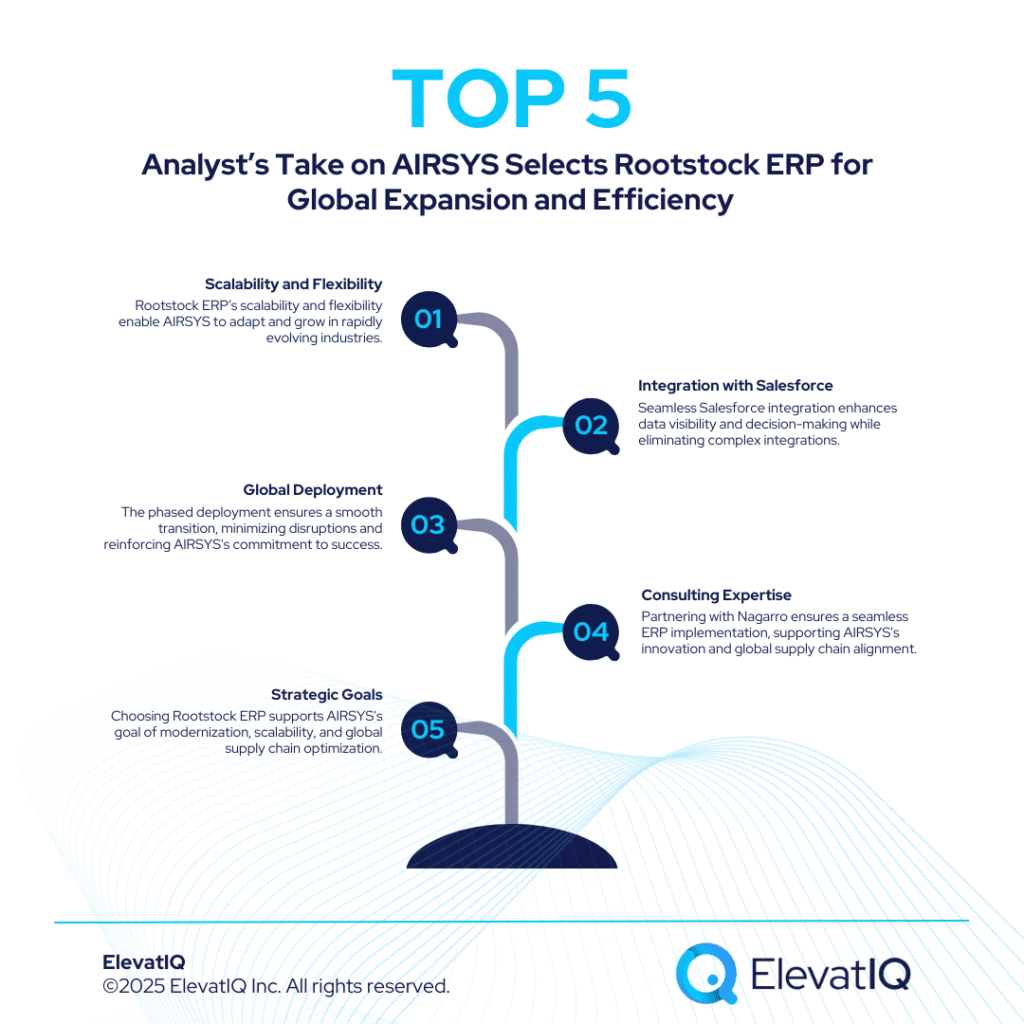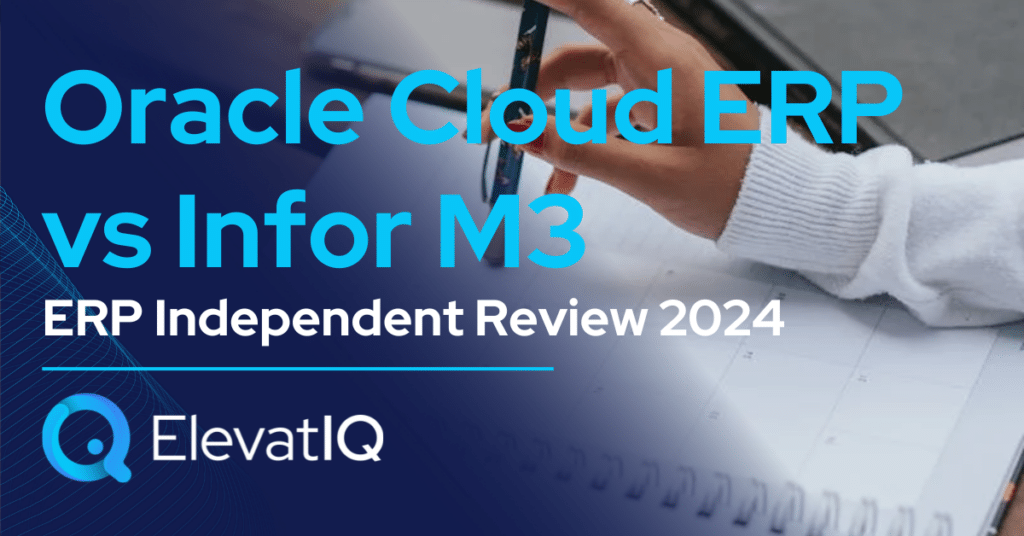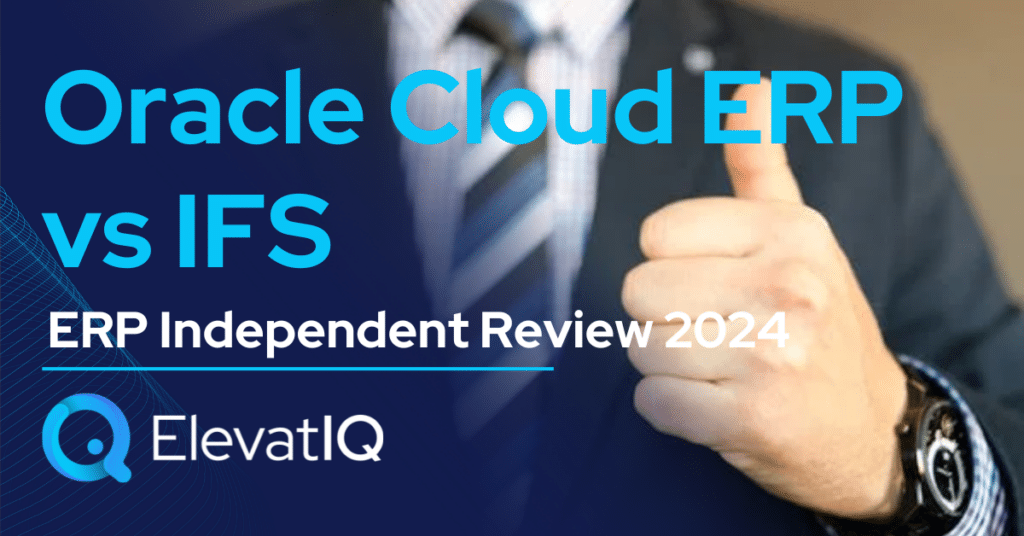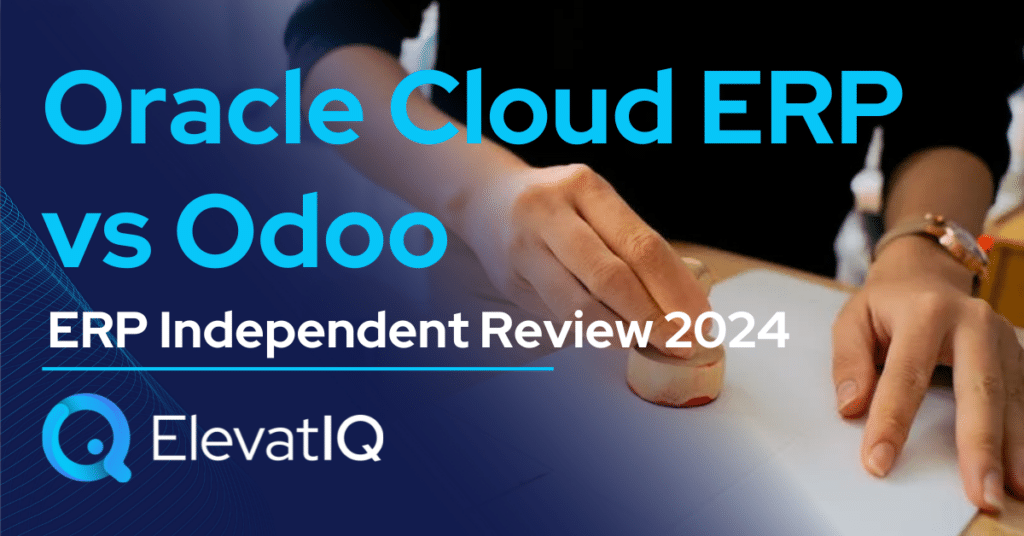Last Updated on March 17, 2025 by Sam Gupta
There are a lot of different ways of implementing pricing and discounting in ERP. But there’s always a debate in terms of which is the right system to implement. When we look at pricing, there are always going to be layers and layers of pricing rules. When we look across the industry, some people implement static pricing, which refers to setting prices periodically. It is often based on cost movements.
Secondly, there’s dynamic pricing, which means that prices can change frequently, sometimes even daily. It is to maximize profit or competitiveness like in e-commerce businesses. Lastly, there’s commodity-based pricing, which industries use where the cost of materials or goods fluctuates. Most of the time, the pricing is based on standard costs, which are generally planned costs that can be updated at periodic intervals.
This ignites the debate on where pricing should be managed—within the ERP system or externally. Businesses that lack control and consistency in their pricing strategies often face challenges such as maintaining complex distribution channels, tracking discounts and promotions, and handling overtime maintenance. These challenges call for centralized control over pricing offered by an ERP system.
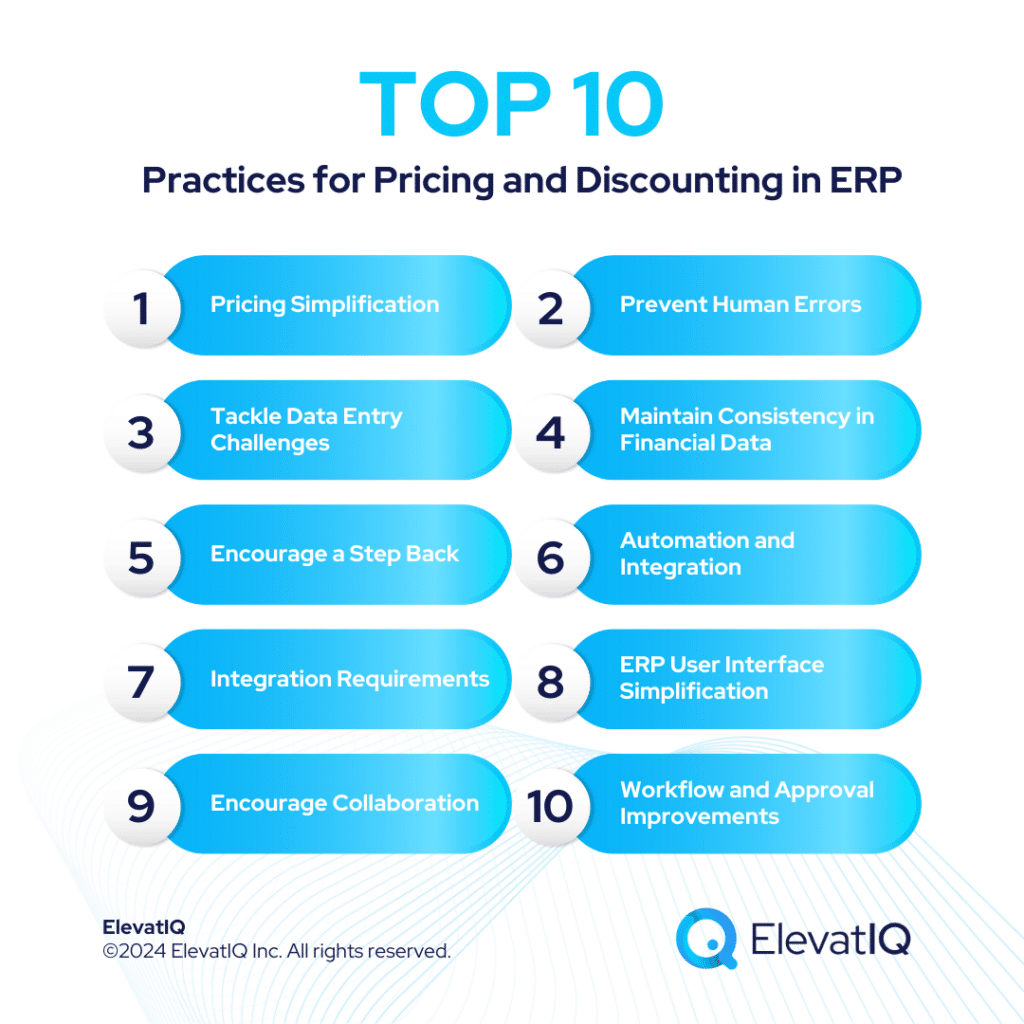
Using an ERP system also eliminates the need for manual pricing decisions. It automates pricing calculations based on predefined rules, reducing errors and saving time. Many industries still resist adopting pricing and discounting processes, despite the advantages that ERP brings to the table. In this blog, we will discuss the top 10 best practices for ERP pricing and discounting processes that will help overcome this resistance.

1. Pricing Simplification
When dealing with resistance from team members or departments, it’s crucial to ask fundamental questions about the complexity of the existing pricing model. The first question is whether the complexity is truly necessary or if it has evolved without clear justification. Complex pricing models can lead to numerous challenges, such as incorrect order bookings, increased potential for human errors, and data entry discrepancies. Misaligned data between the teams responsible for pricing and those responsible for order entry can have significant consequences. It can also impact margins, financial reporting, and overall revenue accuracy.
Simplifying the pricing model leads to a more streamlined and manageable pricing structure, which not only reduces the chances of errors but also enhances overall efficiency. One way to achieve simplification is by categorizing customers, products, or pricing levels and starting with a broader, more straightforward structure. Then, refinements and adjustments can be made as needed.
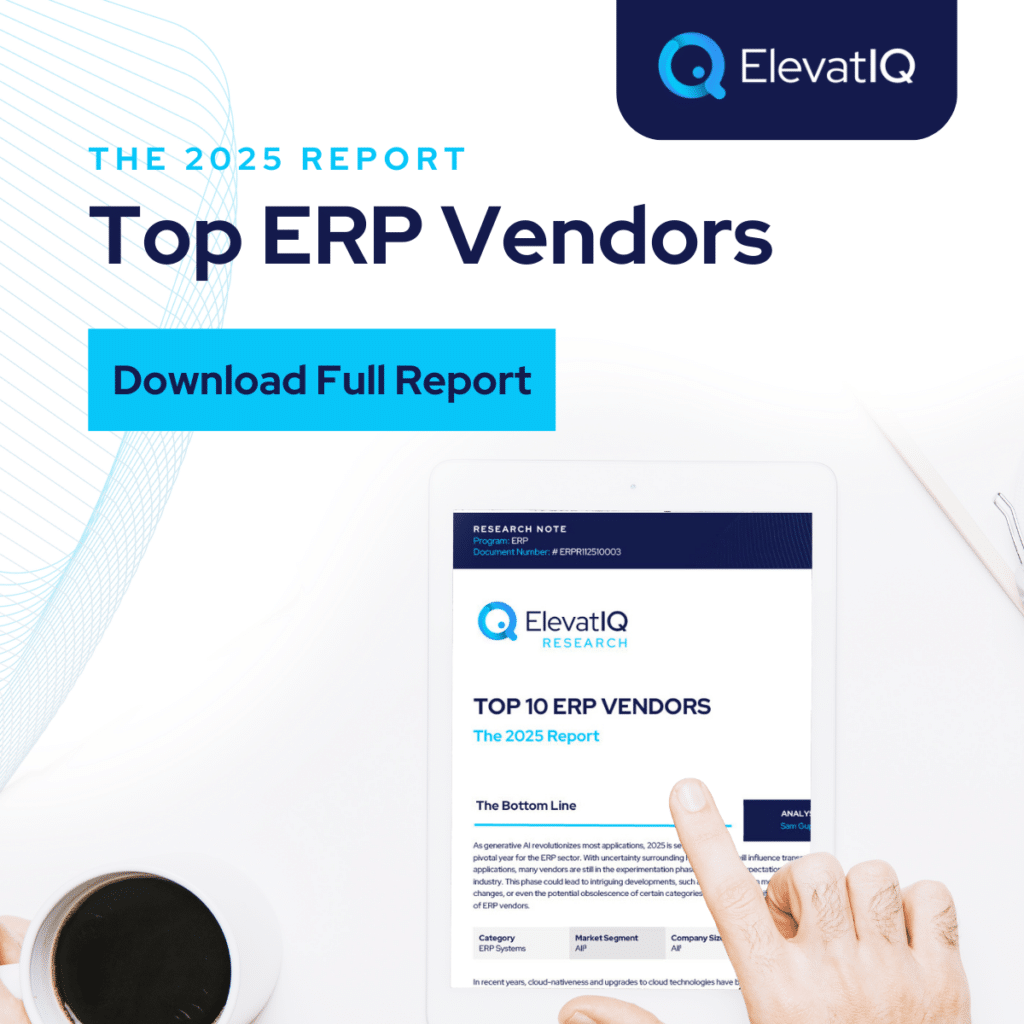
2. Prevent Human Errors
When different teams are responsible for pricing and discounting data entry, it increases the risk of mistakes and inconsistencies in the pricing process. These errors can have far-reaching consequences, including incorrect pricing, impacting the organization’s profitability and customer satisfaction. Managing pricing and discounting within the ERP system significantly reduces the likelihood of such errors and discrepancies.
Human errors, such as typographical mistakes, miscalculations, or misinterpretations of pricing rules, can result in incorrect pricing on sales orders or invoices. These discrepancies not only impact the immediate transaction but can have a cascading effect, affecting the company’s financial statements and reporting. Maintaining pricing and discounting within the ERP system can mitigate these risks by providing a centralized platform where pricing data can be controlled, validated, and consistently applied. Additionally, automation and validation rules can help catch and prevent errors, ensuring that pricing remains accurate.
3. Tackle Data Entry Challenges
Managing pricing and discounting outside the ERP system presents significant challenges in terms of data entry accuracy and consistency. It’s often difficult to convince organizations to maintain pricing and discounting within the ERP system, and this reluctance can lead to various implications, especially when different teams are involved in the process. Discrepancies may emerge due to the lack of a centralized control mechanism. Various teams may have their interpretations and ways of entering pricing data, leading to inconsistencies and errors.
These discrepancies can not only affect day-to-day operations but can also have broader implications, impacting an organization’s financial statements, profitability, and customer satisfaction. The risk of data entry errors looms large, as any disconnect between those responsible for setting pricing and those managing data entry leaves room for mistakes, leading to many issues. Ultimately, the integrity and accuracy of data become challenging to maintain.
4. Maintain Consistency in Financial Data
When pricing and discounting are managed outside the ERP system, several challenges occur. Incorrect pricing, whether due to complexity or siloed departments, can have a far-reaching impact on a business. Even minor pricing errors can accumulate over time, resulting in inaccuracies in financial statements. A pricing structure that is too complex or fragmented can lead to errors in booking orders, creating discrepancies that accumulate over time.
These discrepancies ultimately affect an organization’s profit margins, financial reporting, and the general ledger. Maintaining pricing within the ERP system is the solution to mitigate these challenges. By doing so, organizations can ensure that their financial data remains consistent and accurate. This approach reduces the chances of human errors and ensures that data integrity is maintained throughout the organization.
5. Encourage a Step Back
Reconsider your pricing strategy and its complexity. Also, discuss the benefits of broad pricing rules that can later be refined. Embracing an ERP system for pricing can be challenging, but it’s essential to understand the implications of your pricing strategy and the advantages of a more flexible approach. By asking questions like, “Does it need to be this complex?” and “Why is it so complicated?” organizations can prompt a critical evaluation of their pricing practices. This questioning can lead to a realization that simplification is possible and can result in more straightforward, manageable pricing structures.
6. Automation and Integration
One compelling argument for maintaining pricing and discounting within the ERP is the automation and integration benefits it offers. When pricing rules are established within the ERP system, it can automatically compute prices based on various parameters such as customer, product, quantity, and more. This high level of automation saves both time and effort while also significantly reducing the risk of manual errors. ERP systems are also well-suited for seamless integration with other business processes, guaranteeing the consistent and accurate dissemination of pricing data throughout the organization. This means that prices are calculated consistently, from sales orders to invoices and across various touchpoints within the organization, ensuring that everyone works with the same pricing data.
7. Integration Requirements
When businesses opt for pricing and discounting outside of their ERP systems, it often necessitates developing complex data flows and integrations to ensure that pricing data is transferred accurately between various systems and departments. This is because pricing is closely tied to other processes, such as order booking and financial reporting, and ensuring consistency and accuracy in data flows becomes crucial. Without proper integration, data discrepancies can arise, leading to errors in pricing and resulting in financial and operational complications.
Furthermore, maintaining data accuracy for pricing is essential, irrespective of whether pricing and discounting is managed within or outside the ERP. Accurate pricing data is the foundation of fair transactions and profit margins. Inaccuracies can lead to errors in customer orders and invoicing, which can erode customer trust and impact financial performance. By emphasizing the need for data accuracy, it becomes evident that pricing data integrity is vital, and this can best be achieved by keeping pricing within the ERP system.
8. ERP User Interface Simplification
Customizing the user interface of an ERP system can be a powerful solution for making it more accessible to marketers. By customizing the user interface, it is possible to streamline and simplify the user experience. It makes it more user-friendly. This customization can involve creating simplified screens, reducing the number of fields, and focusing on the essential information required for pricing decisions. By doing so, marketers and other users can interact with the ERP system more comfortably. The ERP interface can be tailored to their specific needs and preferences.
9. Encourage Collaboration
To address the reluctance of some departments and promote collaboration, organizations should encourage a cross-functional approach to pricing. This emphasizes shared responsibility for data accuracy. In this context, it’s vital to establish common ground and understanding of the pricing process across departments. Instead of viewing pricing management as the sole responsibility of one department, organizations should highlight that pricing impacts multiple aspects of the business. This may including sales, finance, and marketing.
By fostering collaboration, various teams can contribute their expertise and insights to create more effective and well-rounded pricing strategies. Additionally, collaboration helps streamline the flow of information and communication. When multiple departments collaborate, it becomes easier to maintain data accuracy and ensure pricing decisions are based on up-to-date and consistent information.
10. Workflow and Approval Improvements
In the context of streamlining pricing and discounting changes, improving workflow and approval processes within the ERP is critical. Addressing resistance by educating stakeholders on the ERP’s architecture, data flows, and integration challenges, making it clear that maintaining pricing in the ERP is not as daunting as it may seem is important. By improving workflow and approval processes, organizations can create efficient systems for managing pricing changes. This can significantly reduce the complexities associated with pricing management while ensuring data accuracy and streamlined processes within the ERP.

Conclusion
In conclusion, the blog dives into the details of best practices for pricing and discounting in ERP. Mainly highlighting the ongoing debate regarding where these critical processes should be managed – within an ERP system or externally. It emphasizes that pricing complexity often leads to multiple layers of rules. The blog discusses three primary pricing approaches: static pricing, dynamic pricing, and commodity-based pricing. While acknowledging the diversity of preferences, it emphasizes the importance of centralizing control over pricing within an ERP system.
The blog also talks about simplifying pricing models, preventing human errors and discrepancies, and tackling data entry challenges. All of which can adversely impact profit margins and financial reporting when pricing is managed externally. It further encourages a step back to rethink pricing strategies and adopt broader rules that can later be refined. Automation, integration, and improving the ERP user interface are identified as crucial aspects that can help businesses create a compelling case for pricing within the ERP system. The blog also highlights the importance of encouraging department collaboration and making workflow and approval processes more efficient. It also outlines a set of best practices to overcome resistance and successfully manage pricing and discounting processes within an ERP system. This list aims to offer potential options for your further evaluation with independent ERP consultants.


